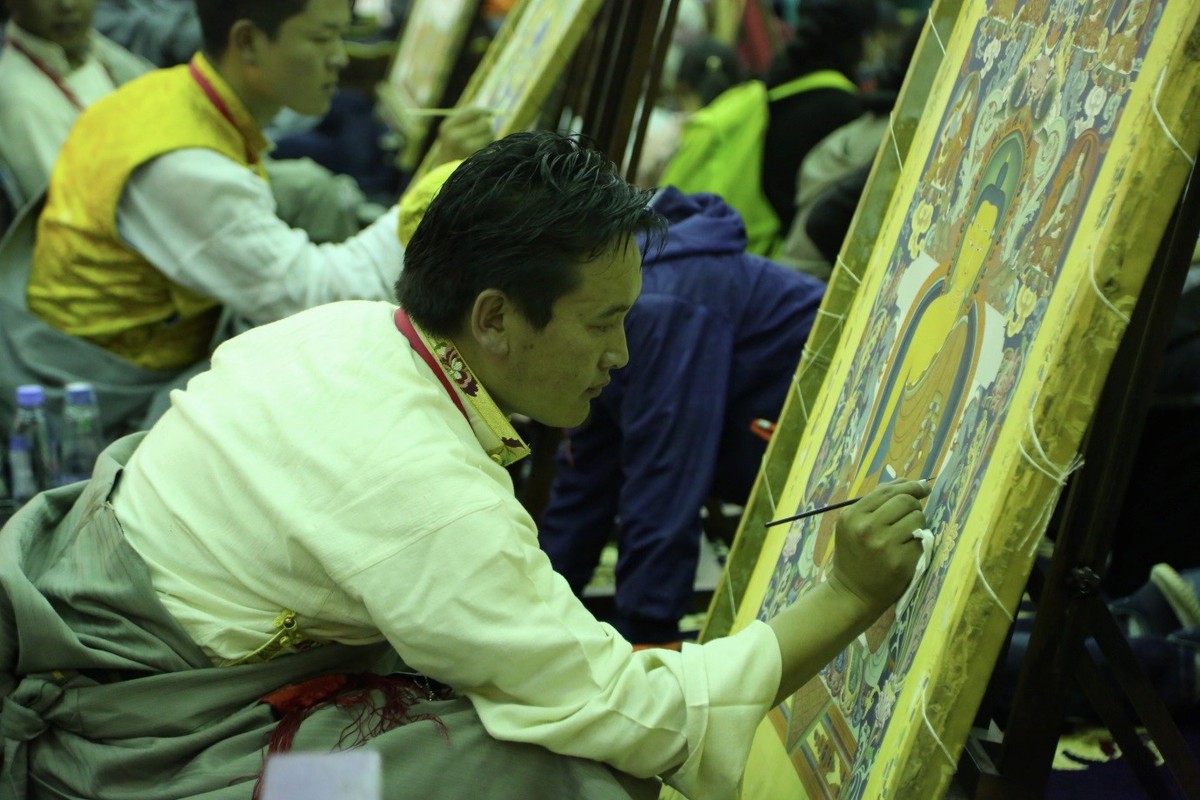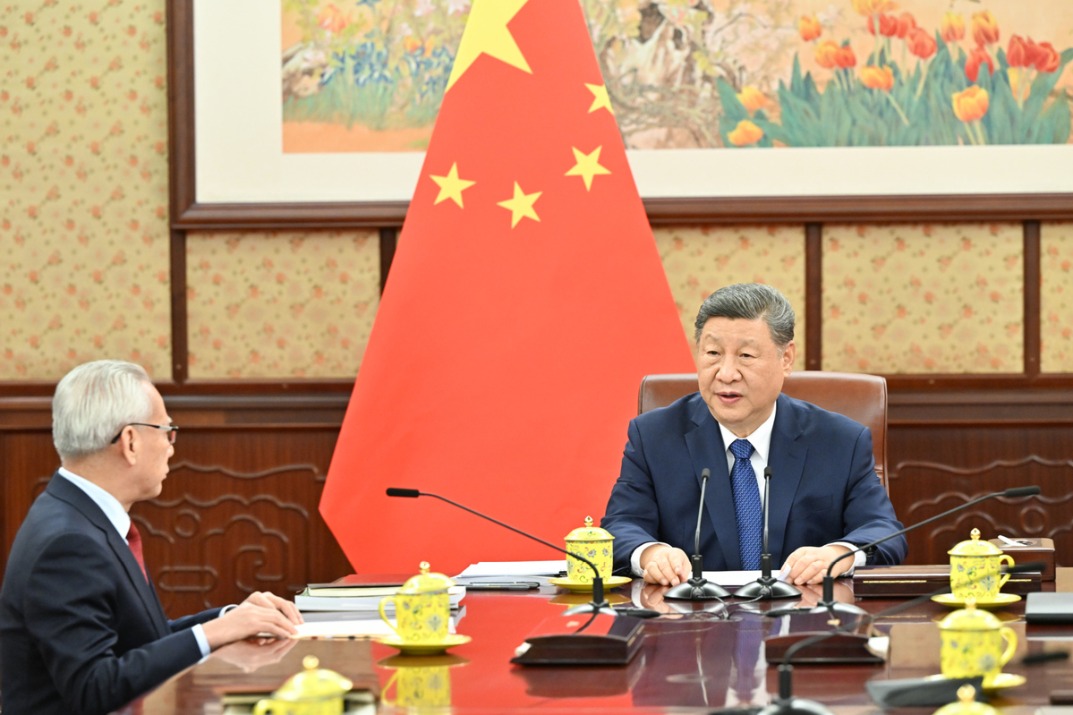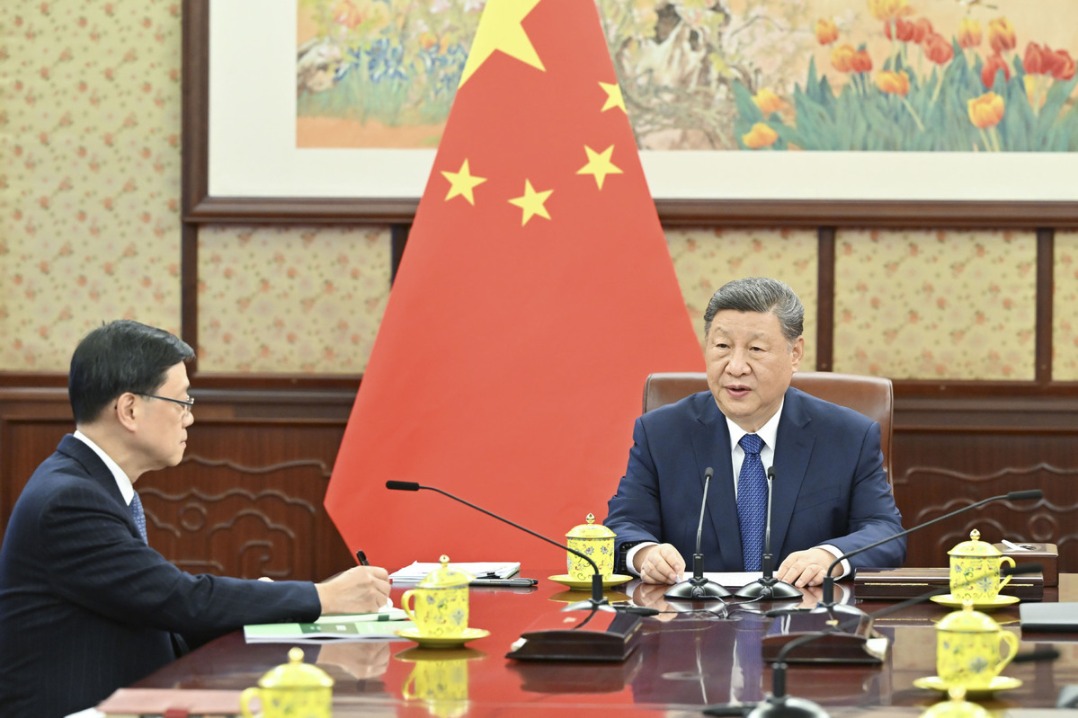Ancient Gansu art, photos on display in Berlin
By Han Baoyi | China Daily UK | Updated: 2019-01-21 19:47

A collection of photographs and ancient paintings from Gansu, China, goes on display at the Hotel Palace Berlin in Germany on Monday.
Among the exhibits are 60 pictures showcasing the distinctive scenery and development of the economy and society of Gansu province, along with examples of Tibetan Buddhist paintings, known as Thangka.
Located in Northwest China, Gansu is famous for its history, which can be traced back to 6,000 BC, known as the Neolithic Age. The first dynasty in China's history, known as the Qin, originated in what is now southeast Gansu. Its city of Jiayuguan is known for the western end of the Great Wall, which first began being built in the 14th century.
Gansu used to be one of the stops on the ancient Silk Road, where different cultures and civilizations once collided. The 55 ethnic groups who lived there now contribute to its charm and diversity. The southern part of Gansu, Gannan Tibetan autonomous prefecture, has quickly developed in recent years with government support.
Thangka paintings were adopted by Tibetan Buddhists to showcase the stories and figures of Buddha, as well as the customs of daily life. It can be dated back 5,000 years, when triangular patterns were first painted on pottery for decorative use.
In the 7th century, the Tibetan Tubo Kingdom, an important period in Tibet's history, began to build palaces on a large scale, such as the world renowned Potala Palace. Mural paintings showcased the development of Tibetan painting art.
As a result, Thangka, easy to hang and collect, was introduced by artists. It uses pure natural minerals ranging from jewels to gold and silver, drawn on pure cotton or sheepskin. The size of the frame varies from dozens of square meters to less than 1 square meter.
Since 2006, the art of Thangka painting has been listed as part of China's national cultural heritage.
Attending the exhibition opening ceremony were representatives of Chinese and German government departments, business people of transnational organizations in Germany, academic experts as well as media.
























